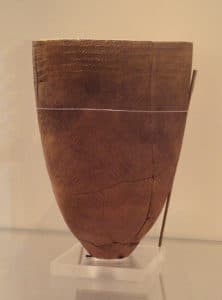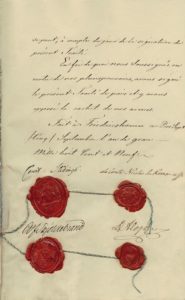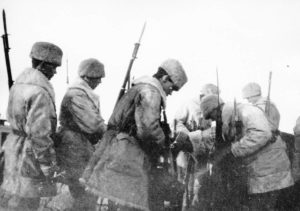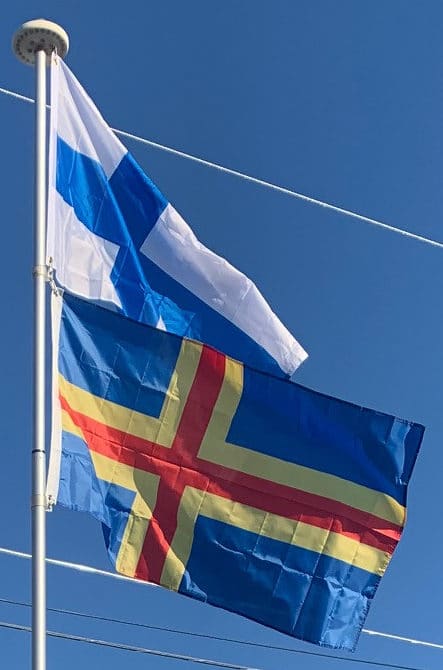
Stone Age and Bronze Age people obtained food by hunting seals and birds, fishing, and gathering plants. They also started agriculture early on. In the Iron Age, contacts with Scandinavia increased. From the Viking age there are over 380 documented burial sites and six castle ruins.
Along with Finland, the Åland Islands formed part of the territory ceded to Russia by Sweden under the Treaty of Fredrikshamn in September 1809. As a result, they became part of the semi-autonomous Grand Duchy of Finland (1809-1917). During negotiations, Sweden failed to secure a provision that the islands not be fortified. The issue was important not only for Sweden but also for the United Kingdom, which as a result of the Treaty of 1809 became concerned that a Russian military presence on the islands could threaten Britain’s commercial interests in its trade passing through the Baltic to Helsingfors.

In 1832, Russia started to fortify the islands, with the great fortress of Bomarsund. In 1854, as part of the campaign in the Baltic during the Crimean War against Russia, a combined British and French force of warships and marines captured and destroyed the fortress. The 1856 Treaty of Paris demilitarized the entire Åland archipelago.
During the Finnish Civil War, in 1918, Swedish troops intervened as a peacekeeping force between the Russian troops stationed on the islands and “White” and “Red” Finnish troops who came from Finland over the frozen sea. Historians point out that Sweden may have in reality planned to occupy the islands. Within weeks, the Swedish troops gave way to German troops who occupied Åland at the request of the “White” (conservative) Senate of Finland.

After 1917, the residents of the islands worked towards having them ceded to Sweden. In 1919 96.4% of the voters on the islands signed a petition for secession from Finland and for integration with Sweden, with over 95% in favor. Swedish nationalist sentiments had strengthened particularly as a result of the anti-Swedish tendencies in Finland and as a result of Finnish nationalism fueled by Finland’s struggle to retain its autonomy and resistance against Russification. The conflict between the Swedish-speaking minority and the Finnish-speaking majority on the Finnish mainland, prominent in Finnish politics since the 1840s, contributed to the apprehension of the Åland population about a future within Finland.
Finland, however, declined to cede the islands and instead offered the islanders an autonomous status. Nevertheless, the residents did not approve the offer, and in 1921 the dispute over the islands went before the newly-formed League of Nations. The latter decided that Finland should retain sovereignty over the province, but that the Åland Islands should be made an autonomous territory. The Åland convention of 20 October 1921, signed by Sweden, Finland, Germany, the United Kingdom, France, Italy, Denmark, Poland, Estonia, and Latvia, was the first international agreement achieved by the League. Thus, Finland was obliged to ensure the residents of the Åland Islands the right to maintain the Swedish language, as well as their own culture and local traditions. The convention of 1921 established the neutral status of Åland by international treaty, prohibiting the placing of military installations or forces on the islands.
